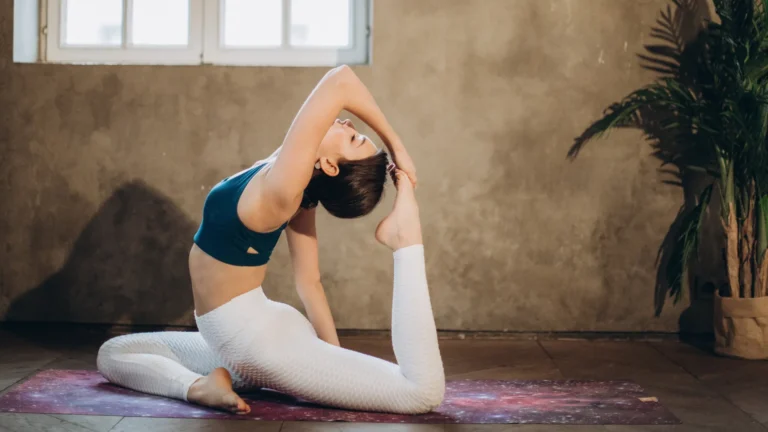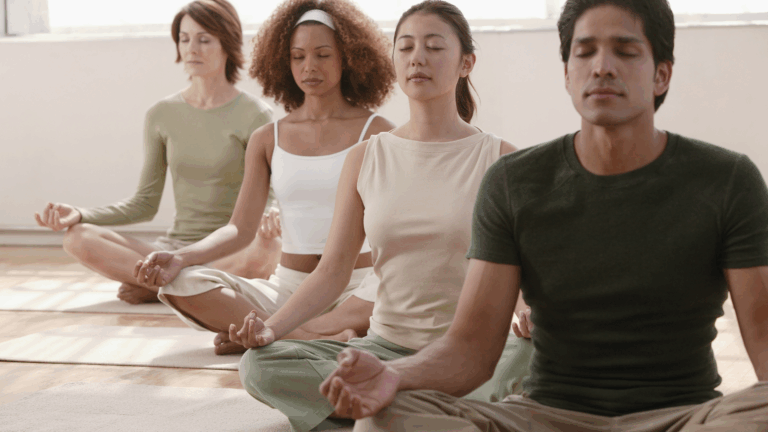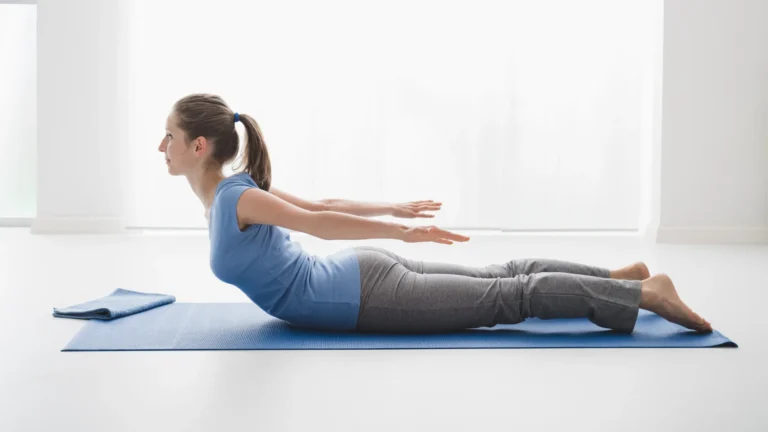Mindfulness and Meditation: Enhancing Your Yoga Practice
With everything going on around us, finding a bit of peace and relaxation can feel like discovering a hidden gem. But what if I told you that incorporating mindfulness and meditation into your yoga practice could bring profound benefits to both your mind and body? Whether you’re a seasoned yogi or just starting out, embracing these practices can take your yoga journey to a whole new level. Ready to dive in? Let’s explore how mindfulness and meditation can enhance your yoga practice and boost your overall well-being. Let’s get started!
Understanding Mindfulness and Meditation
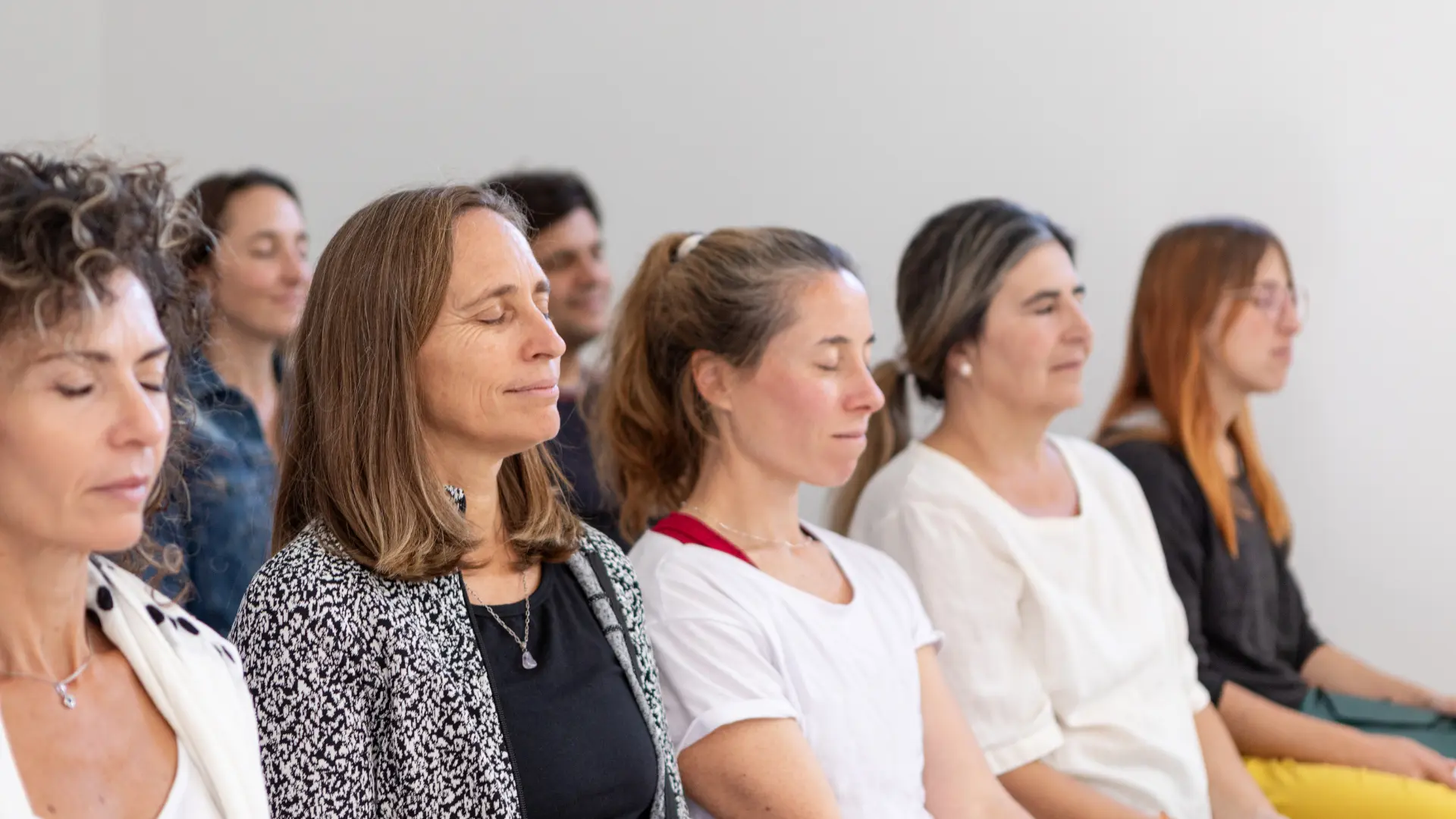
Before we explore the connection between mindfulness, meditation, and yoga, let’s clarify what these terms mean.
Mindfulness is the practice of being fully present and engaged in the current moment, without judgment. It’s about observing your thoughts, feelings, and surroundings with a sense of openness and curiosity. This practice helps you become more aware of your body’s sensations, emotions, and the world around you.
Meditation, on the other hand, is a broader practice that often includes mindfulness. It involves focusing your mind on a particular object, thought, or activity to achieve a mentally clear and emotionally calm state. Meditation can take many forms, such as breath awareness, mantra repetition, or guided visualization.
Both mindfulness and meditation are powerful tools that can enhance your yoga practice by helping you connect more deeply with yourself and your movements.
The Synergy Between Yoga, Mindfulness, and Meditation
Yoga, mindfulness, and meditation complement each other beautifully. When practiced together, they create a harmonious blend that can transform your yoga experience.
- Deepened Awareness: Yoga encourages you to tune into your body and breath. Mindfulness amplifies this awareness by helping you stay present in each moment. Instead of mindlessly flowing through poses, you become attuned to the subtle shifts in your body and the rhythm of your breath.
- Enhanced Focus: Meditation sharpens your ability to concentrate. This heightened focus can be channeled into your yoga practice, allowing you to hold poses with greater stability and grace. It also helps you stay present, preventing your mind from wandering during your practice.
- Stress Reduction: Both yoga and meditation are known for their stress-relieving benefits. Combining these practices can create a powerful synergy that reduces anxiety, calms the mind, and promotes a sense of inner peace. As you move through your yoga poses with mindful awareness, you’ll find it easier to let go of tension and worries.
- Improved Flexibility and Strength: When you’re fully present in your yoga practice, you’re more likely to listen to your body and respect its limits. This mindful approach can prevent injuries and help you progress safely. Additionally, the mental clarity gained from meditation can enhance your determination and commitment to your practice, leading to improved flexibility and strength over time.
Incorporating Mindfulness into Your Yoga Practice

Now that we understand the benefits of mindfulness and meditation in yoga, let’s explore some practical ways to integrate these practices into your routine.
- Start with Breath Awareness: Begin your online yoga classes session with a few minutes of mindful breathing. Sit comfortably, close your eyes, and take slow, deep breaths. Focus on the sensation of the breath entering and leaving your body. This simple practice grounds you in the present moment and sets a calm tone for your practice.
- Set an Intention: Before you start your yoga session, set an intention or a positive affirmation. This could be something like “I am present and focused” or “I embrace this practice with gratitude.” Your intention serves as a gentle reminder to stay mindful throughout your practice.
- Tune into Sensations: As you move through your yoga poses, pay close attention to the sensations in your body. Notice how each pose feels, where you experience tension or ease, and how your breath flows. If your mind starts to wander, gently bring it back to the present moment.
- Practice Non-Judgment: Mindfulness involves observing your thoughts and feelings without judgment. Apply this principle to your yoga practice by letting go of self-criticism and comparison. Instead of striving for perfection, focus on how each pose feels and honor your body’s unique capabilities.
- Stay Present in Transitions: Mindfulness isn’t just about the poses; it’s also about the transitions between them. Pay attention to how you move from one pose to the next, maintaining a sense of flow and awareness. These transitions are an integral part of your practice and offer an opportunity to stay present.
Incorporating Meditation into Your Yoga Practice
Meditation can be seamlessly integrated into your yoga routine, enhancing your practice and bringing additional benefits to your mind and body.
- Begin with a Short Meditation: Start your yoga session with a brief meditation. Find a comfortable seated position, close your eyes, and focus on your breath. Allow your mind to settle and become still. This practice helps you transition from the busyness of daily life to the calmness of your yoga practice.
- Use Guided Meditations: Guided meditations can be a valuable tool, especially if you’re new to meditation. Many online personalised yoga classes and online platforms offer guided meditations that complement your practice. Online yoga courses are expected to grow 12.3% annually from 2021 to 2027. These meditations can help you relax, focus, and set a positive tone for your session.
- Incorporate Mantras: Mantras are powerful words or phrases that you repeat silently or aloud during meditation. Choose a mantra that resonates with you, such as “peace,” “calm,” or “I am present.” Repeating a mantra can help quiet your mind and deepen your meditation practice.
- End with Savasana: The final relaxation pose, Savasana, is the perfect opportunity to incorporate meditation. Lie down comfortably, close your eyes, and allow your body to relax completely. Focus on your breath and let go of any tension. Use this time to practice mindfulness and meditation, letting your mind and body fully absorb the benefits of your yoga practice.
Check out our blog,” Yoga For Relaxation And Stress Relief” for more yoga poses for mindfulness.
Practical Tips for a Mindful Yoga Practice
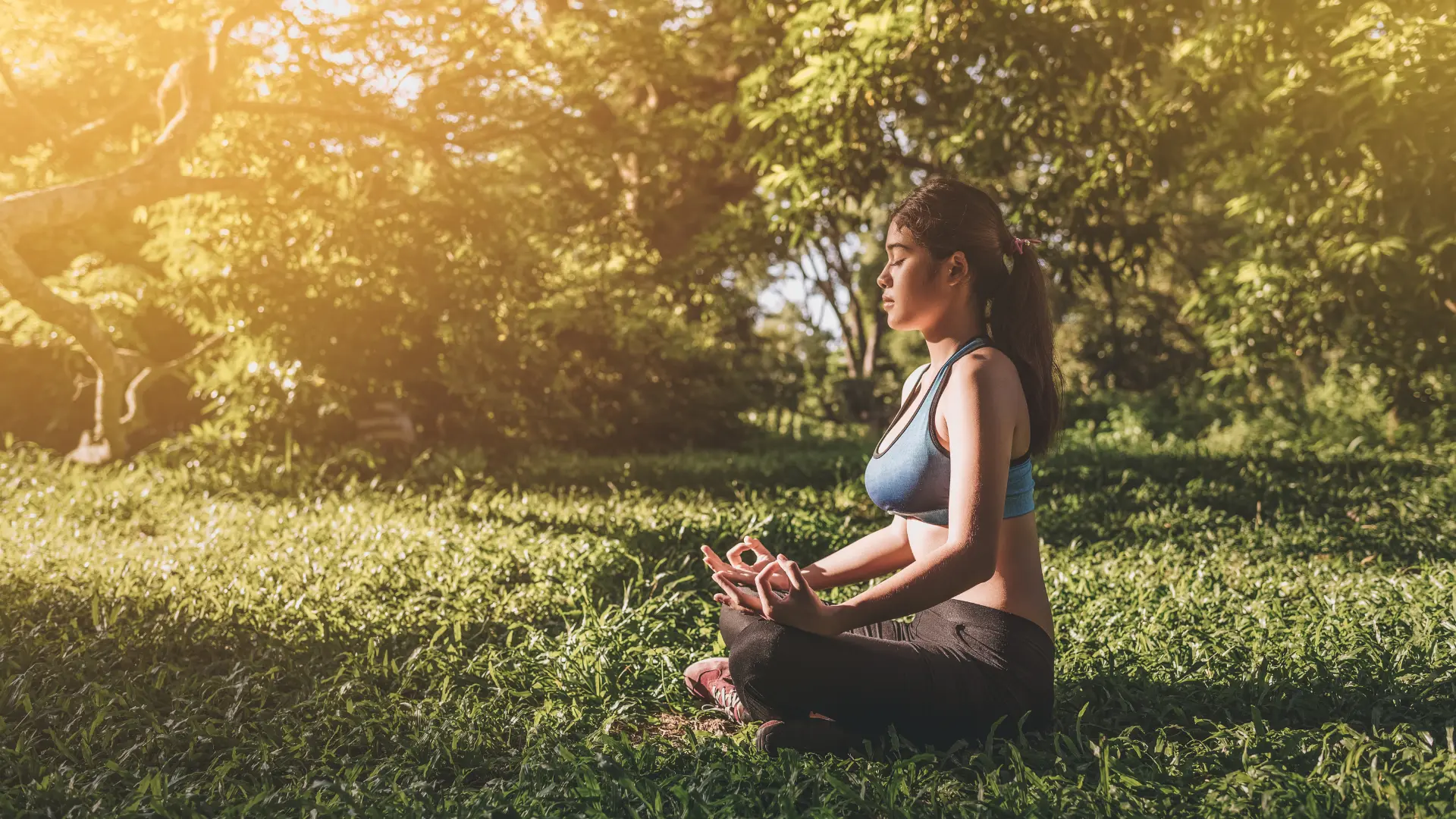
To make the most of your mindful yoga practice, here are some practical tips to keep in mind:
- Create a Calm Environment: Choose a quiet and clutter-free space for your yoga practice. Dim the lights, play soothing music, or light a candle to create a serene atmosphere that supports mindfulness and meditation.
- Use Props Mindfully: Props such as blocks, straps, and bolsters can enhance your yoga practice and make poses more accessible. Use these props mindfully, paying attention to how they support your body and help you achieve proper alignment.
- Practice Gratitude: Incorporate gratitude into your yoga practice by taking a moment to appreciate your body, breath, and the opportunity to practice yoga. Gratitude fosters a positive mindset and enhances your overall experience.
- Be Patient: Mindfulness and meditation are practices that develop over time. Be patient with yourself and allow your practice to evolve naturally. Consistency is key, so try to incorporate mindfulness and meditation into your yoga routine regularly.
- Listen to Your Body: Your body is your best teacher. Pay attention to its signals and honor its limits. If a pose feels uncomfortable or painful, modify it or skip it altogether. Mindfulness encourages you to practice with compassion and respect for your body.
Conclusion
Incorporating mindfulness and meditation into your yoga practice can bring a wealth of benefits, from increased awareness and focus to reduced stress and improved physical well-being. By staying present, setting intentions, and embracing a non-judgmental attitude, you can deepen your connection to yourself and your practice. Remember, yoga is not just about the physical poses; it’s a holistic journey that encompasses mind, body, and spirit. So, the next time you step onto your mat, take a moment to breathe, center yourself, and let mindfulness and meditation enhance your yoga practice.


